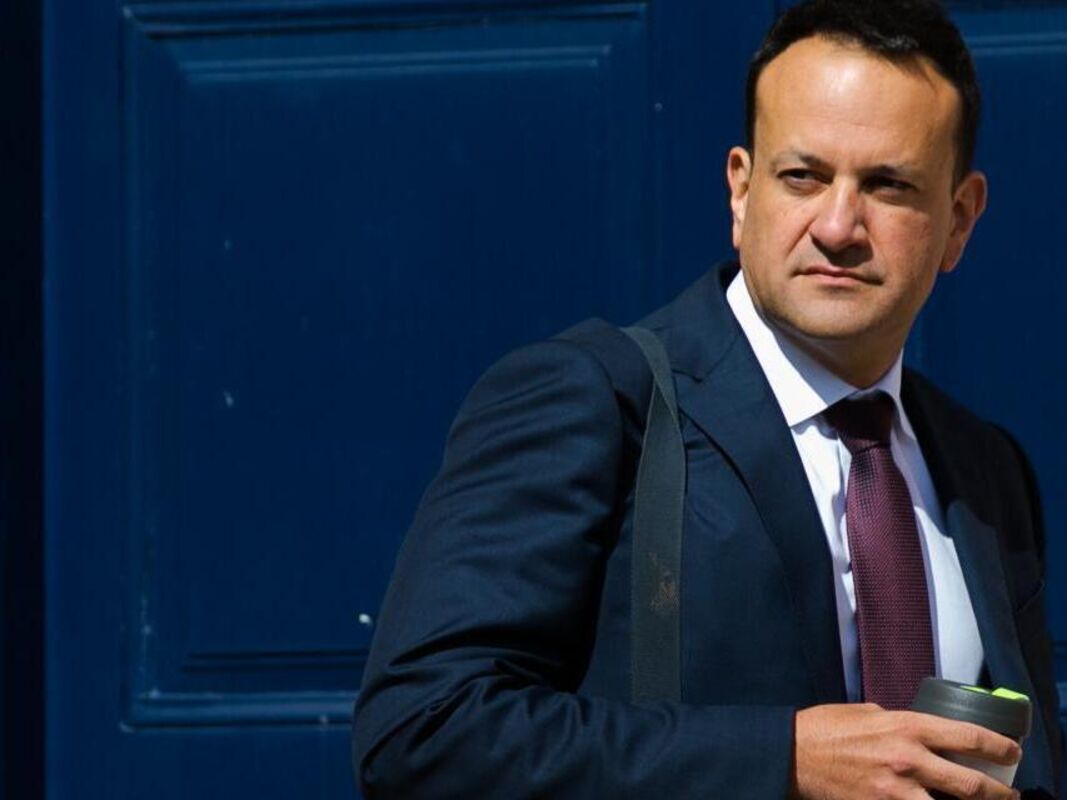
Earlier this week, at a press conference that barely registered in the media due to its scheduling clash with the Ryan Tubridy Oireachtas hearings Taoiseach Leo Varadkar raised the spectre of 2017’s infamous Welfare cheats cheat us all campaign.
When questioned about the Government’s inability to say when the record figures for homelessness – currently 12,441 people – will start to come down, he said “There are a lot of people in emergency accommodation who have refused multiple offers of social housing. It’s a much more complicated picture than people would like to make it out to be.”
Varadkar’s full answer, which also identified relationship breakdowns and (a dog-whistle about) new arrivals in Ireland seeking emergency accommodation [despite the fact that people arriving seeking asylum are literally living in tents] for the “complicated” homelessness crisis, looked like a rather shameless attempt to control the narrative around the issue by placing the blame where it does not belong. He has since claimed that his words were “misinterpreted” but his point about homelessness being “more complicated than people would like to make it out to be” is actually true… just not in the way he meant.
Homelessness and Social Housing
People who are homeless are not automatically eligible for social housing
The Taoiseach’s comment about multiple offers of social housing being refused is noxious because it gives the impression that homeless people are automatically offered social housing, and are even free to choose from a range of offers of housing. But social housing is allocated by local authorities according to the order of placement on the list of applicants. Several factors are taken into account to determine need, which may move the applicant closer to the top of the list and homelessness is only one of these factors. Local authorities claim that automatically assigning social housing to homeless people could encourage homelessness (!) so they refrain from doing this.
Social housing also includes HAP rentals
Many people who successfully exit homelessness are homed in private rental accommodation which the Government subsidises with HAP [Housing Assistance Payment]. They are then removed from social housing lists and are counted as having received social housing. But private tenancies do not have the security of social housing. If a tenancy ends because the landlord is selling the building, for example, the tenant has no right to be housed elsewhere by the State. There is no set standard for the quality of housing used for private tenancies, and vacancies for HAP tenants tend to be in low-quality apartments. In this case, social housing is not really social housing at all.
It’s important to bear in mind that homelessness figures reflect a dynamic rather than a static reality. Thanks to the tireless efforts of homelessness organisations including Focus and Simon, and the work of local authorities, people do exit homelessness. (The figures continue to rise because even more people become homeless, such is the scale of the problem.)
The Government’s Quarter 1 Progress Report [2023] illustrates where people who leave homelessness are housed. Of the 676 adults who exited emergency accommodation in the first three months of the year, 207 (31%) went to local authority lettings, 238 (25%) went to AHB lettings/LTSA and the remaining 231 (35%) went to private rented accommodation supported by HAP.
We can’t know which of these types of accommodation the people referred to by An Taoiseach were offered, but as more than a third of ‘social housing’ is actually subsidised private rented tenancies there is no consistency of standards. There are people who wonder why someone in emergency accommodation would refuse housing of any kind, saying ‘beggars can’t be choosers’. But if we accept that homelessness is a harsh, dehumanising experience that nobody wants to experience, we must also reason that a homeless person who turns down an offer of a home has a valid reason to do so.
Housing offered to people in emergency accommodation may be unsuitable for them. The location of the house could be difficult or impossible to reach without a car. It might be too far from their job (many homeless people are employed) making it impossible to get to work. They may need to be near a family member, or a hospital, or close to their children’s school. The type of home offered could also be unsuitable. If there is a member of the family with mobility issues, for example, an apartment up several flights of stairs will not suit. A home could be much too small for their family, something that is often an issue for larger families who can spend years in emergency accommodation waiting to exit homelessness.
The reasons for turning down one or more offers of social housing are the concern of the homeless person or family involved, and this is not why the homelessness situation is “complicated”. It is complicated because of the reticence to solve it, by automatically placing homeless people in [actual] social homes for fear of a cascade effect where there is a rush of people declaring themselves homeless. This is the anxiety expressed in the 2017 Welfare cheats… campaign – the unfounded fear that the people at the bottom of society are taking advantage of us all, when our real fear is that we might some day be those people
Varadkar only offers anecdotal evidence that anyone in emergency accommodation is turning down “multiple offers of social housing”. It may well be true that this has happened, but it is highly unlikely that it is a variable affecting the homelessness figures. It is a deflection from the failure of Government’s failure to solve homelessness. It is also a signal to his own tribe that there is nothing to worry about here, it’s business as usual.

